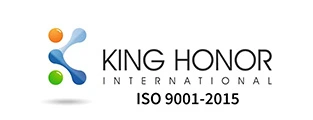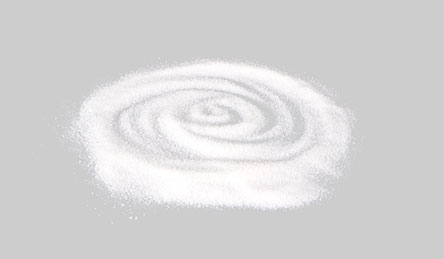
Search


The use of paraffin wax adhesive has gained significant traction due to its exceptional properties and versatility across various industries. Paraffin wax, derived from petroleum, offers unique advantages such as excellent adhesive capabilities and a low melting point, making it an indispensable component in numerous applications. In this blog, we will delve into the world of wax adhesive, exploring the benefits of incorporating paraffin wax while providing practical tips on how to use it effectively.
Preparing the Surface
Before applying paraffin wax adhesive, it is crucial to ensure that the surfaces to be bonded are clean, dry, and free from any dust, grease, or other foreign particles. Cleaning the surface with an appropriate solvent will facilitate better bonding and enhance the durability of the adhesive.
Melting the Paraffin Wax
The next step involves melting the paraffin wax for application. Due to its low melting point, the wax can be easily melted using a double boiler or a microwave. It is essential to maintain the right temperature to prevent degradation or discoloration of the wax. Stir the wax gently until it becomes a homogeneous liquid with no lumps.
Applying the Wax Adhesive
Once the paraffin wax is melted, it can be applied using a brush, roller, or by pouring it directly onto the desired surface. The application method will depend on the specific requirements of the project. Ensure the adhesive is spread evenly, covering the entire bonding area.
Bonding the Surfaces
After applying the wax adhesive, join the surfaces together while the wax is still in its liquid state. This will ensure stronger adhesion and a more reliable bond. Apply gentle pressure to ensure proper contact between the surfaces and allow the adhesive to cool and solidify.
Finishing Touches
Once the paraffin wax has solidified, any excess wax can be removed using a scraper or by gently sanding the surface. Sanding will also help to smoothen any imperfections or unevenness, resulting in a professional finish.
Paraffin wax adhesive offers several advantages making it a popular choice in various industries. Its non-toxic nature and resistance to moisture and mild chemicals make it suitable for use in food packaging, woodworking, and fabric industry applications. Paraffin wax adhesive exhibits excellent flexibility, making it ideal for bonding materials with different coefficients of thermal expansion.
However, it's important to consider some limitations when using paraffin wax adhesive. It may not be suitable for high-temperature applications since paraffin wax has a relatively low melting point. Additionally, long-term exposure to UV radiation can cause the wax to become brittle and degrade over time.
In conclusion, paraffin wax adhesive provides a versatile and effective solution for a wide range of bonding applications. By understanding the unique properties of paraffin wax and following the step-by-step guidelines provided, you can achieve optimal adhesion and durable results. Remember, whether you are working with wood, fabric, or any other material, harnessing the potential of paraffin wax as an adhesive will help you achieve reliable and long-lasting bonds.
At King Honor, we take pride in delivering exceptional customer service. Our knowledgeable and friendly team is here to support you every step of the way. Stay Updated. You are welcomed to contact us.